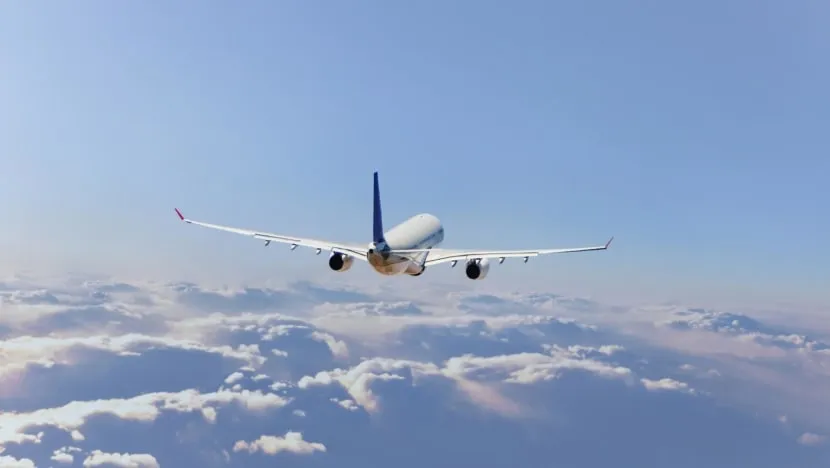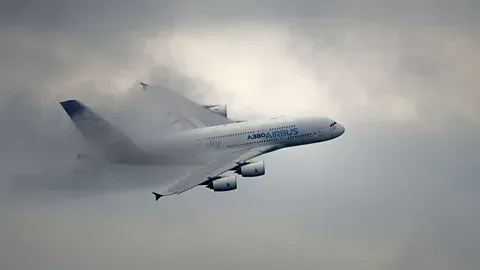The recent incident on a Singapore Airlines plane, where a British passenger died and others were injured, has highlighted the dangers of turbulence. But what causes these violent air pockets, and is the climate crisis making them worse?
On international scheduled flights, fatalities directly caused by turbulence are extremely rare. Pilots usually provide advance warning of most types of turbulence and ensure all passengers are strapped in. However, on smaller private planes or business jets, serious injuries or deaths have been more frequent, with the US National Transport Safety Board recording over 100 injuries and dozens of deaths in the past decade on domestic flights.
Turbulence is caused by the meeting of air at different temperatures, pressure, or velocity, where different wind patterns collide. Some weather and geographical conditions, such as thunderstorms and mountain ranges, can signal turbulence ahead, but there is also “clear-air turbulence” that can take pilots by surprise and occur without warning. Such wind shears can knock planes off course, lose altitude quickly, or lurch violently.
Pilots can now be steered by reports from aircraft ahead, thanks to platforms like Iata’s, which allows them to exchange data. However, in areas like the Bay of Bengal, known for turbulence, pilots’ options may be limited. For instance, the Singapore Airlines incident took place within the inter-tropical convergence zone, where thunderstorms are notorious.

The climate crisis appears to be making turbulence worse. A study by scientists at Reading University showed that higher temperatures were leading to significant increases in turbulence across transatlantic flights. Incidents of severe turbulence increased by 55% between 1979 and 2020, due to changes in wind velocity at high altitudes.
While episodes of turbulence are certainly alarming, the risks of severe injury to passengers or worse have been remote on major commercial airliners, until the tragic event on Singapore Airlines flight SQ321. The last confirmed casualty caused by turbulence on a scheduled flight was in 1997, on board a United Airlines flight from Tokyo to Honolulu.
In response to the incident, Iata’s Stuart Fox suggests that airlines advise passengers to wear their seatbelts throughout the flight, and it is not a bad idea. Passengers should be aware of the risks, but it’s unlikely that they will experience severe turbulence on their flight. Nonetheless, it’s crucial for airlines to invest in better systems to forecast and detect turbulence to minimize the risks.

